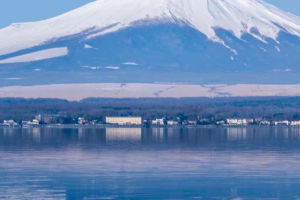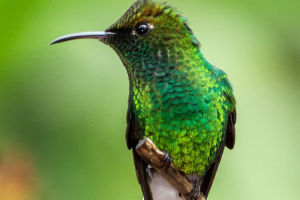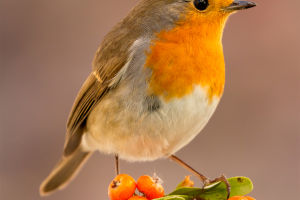Hello Lykkers! The European goldfinch is a vibrant, delightful bird known for its striking red face, golden wings, and cheerful song.
This guide provides practical tips on how to create a goldfinch-friendly backyard that will invite these colorful birds to visit regularly!
Provide the Right Food: Seeds They Love
One of the most important factors in attracting European goldfinches is providing their preferred food sources. Goldfinches are primarily seed eaters, with a strong preference for small, fine seeds.
1. Nyjer Seeds: Also known as thistle seeds, nyjer is a favorite of goldfinches. These tiny, black seeds are packed with nutrients and are small enough for their delicate bills to handle.
2. Sunflower Hearts: Another excellent food option is sunflower hearts, which are the inner part of sunflower seeds. They are soft, easy to eat, and provide a rich source of energy for goldfinches, especially during the colder months.
3. Teasel and Thistle Plants: Goldfinches have a particular affinity for natural seed sources like teasel, thistles, and dandelions. Planting these in your garden creates a natural feeding ground that goldfinches will find hard to resist.
Install Bird Feeders Designed for Goldfinches
Using the right type of bird feeder is essential for attracting European goldfinches. Since these birds prefer small seeds like nyjer, a specialized feeder designed for such seeds will ensure that larger birds don’t consume all the food before goldfinches have a chance to enjoy it.
1. Nyjer Feeders: Goldfinches, with their smaller bills, can easily extract seeds from these feeders. Hang nyjer feeder in a quiet area of the garden, away from too much human activity, and refill it regularly to keep it inviting for the birds.
2. Mesh Feeders: For offering sunflower hearts or other small seeds, mesh feeders work well for goldfinches. These feeders allow the birds to cling to the mesh while picking out seeds, which is a natural feeding behavior for them.
Create a Safe and Inviting Habitat
To create an environment where goldfinches will want to visit—and perhaps even stay to breed—it’s important to think about shelter, water, and the general layout of your garden.
1. Native Plants and Flowers: Incorporating native wildflowers and plants that provide natural food and shelter is key to attracting goldfinches. These plants offer not only seeds but also attract insects, which are an important source of food for goldfinches, particularly during the breeding season.
2. Shrubs and Trees: Goldfinches prefer to nest in tall, dense shrubs or small trees that provide plenty of cover. Planting species like hawthorn, holly, or rowan will give goldfinches a safe place to hide from predators and harsh weather.
3. Bird Baths and Water Sources: A bird bath or shallow water dish will offer a place for goldfinches to drink and bathe. Make sure the water is kept clean and fresh, as birds are more likely to visit areas where they feel safe and healthy.
Avoid Pesticides and Chemicals
To create a healthy environment for goldfinches and other wildlife, try to avoid the use of pesticides in your garden. Opt for natural pest control methods, such as encouraging beneficial insects or using homemade, non-toxic remedies to manage garden pests.
Encourage Year-Round Visits
Goldfinches are most commonly seen during spring and summer when they are actively feeding and breeding, but they can visit your garden year-round if the conditions are right. To keep goldfinches coming back throughout the year, make sure to provide a constant source of food and water, especially in winter when natural food sources are scarce.
With the right approach, lykkers may even be lucky enough to see goldfinches visit year-round, bringing vibrant colors and beautiful songs to lykkers outdoor space!


